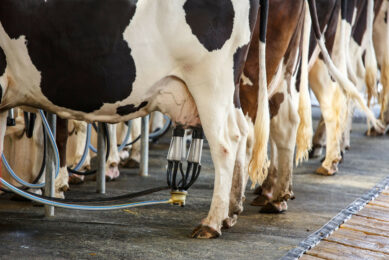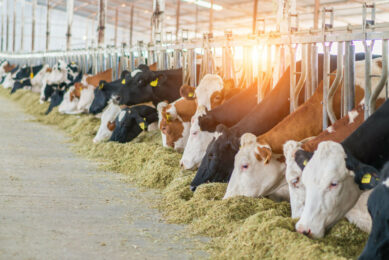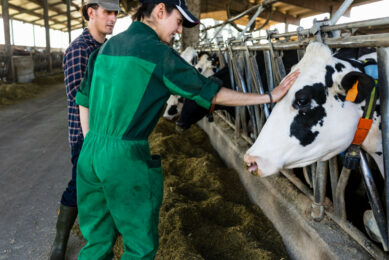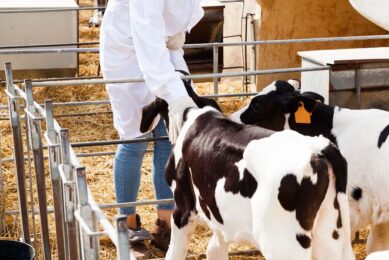Cow foot health: Get protocols right at housing
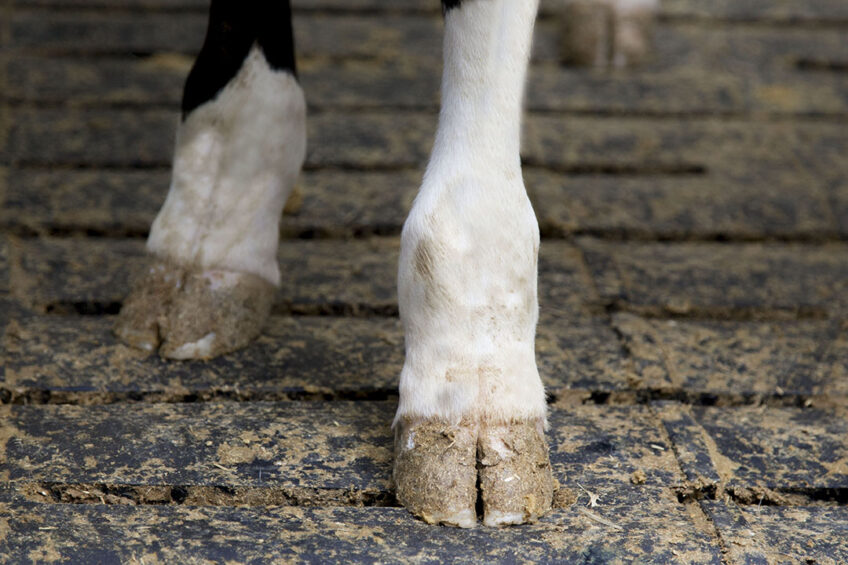
Recent wet weather means cows’ feet may be softer at housing, which can lead to an increased risk of bruising from standing on concrete surfaces.
Specialist lameness vet, Sara Pedersen, explains that the transition into housing puts pressure on maintaining foot health, due to cows spending more time standing on concrete and increased contact with slurry, this is according to a recent press release.
“Although the lameness risk is heightened, housing presents the perfect opportunity to review cow management protocols, including optimising detection and treatment of lameness while cows are indoors,” she says.
“At housing, cows are normally moving from grass to concrete, so are suddenly spending more time standing on a harder surface, which puts extra pressure on the feet and can lead to an increased risk of bruising.”

Reduce standing times
According to the press release, Pederson added: “Over time, this bruising can lead to sole ulcers. So reducing standing times and maximising lying time is key to preventing lameness issues developing during winter.”
Sara explains the comfort of the lying surface is a crucial factor that influences how much time cows spend lying down. “It’s important to check all cubicles are accessible, any damage is fixed and worn mattresses are repaired.
“Cow management at milking can also be reviewed. If cows are being milked twice daily and spending more than an hour standing for each milking, this can mean too much time spent away from cubicles, which has a knock-on effect on lying times,” she says.
“In this situation I’d recommend splitting the group to reduce milking and standing times.”
Housing is also the ideal time to review protocols for detecting and treating lameness, and to make sure these work with the wider herd management plans practically day-today.
“Mobility scoring is important year-round, but it’s worth considering how often your herd is being scored and working it into the team’s timetable, so it remains an integral part of the routine.
“Weekly or fortnightly is ideal, as detecting and responding to lameness early gives the best chance for successful treatment.”
Recommendations
For treatment of bruising, white line and sole ulcers, Sara recommends trimming out the lesion, applying a block to the sound claw and using an NSAID to relieve pain and swelling.
“It’s beneficial to use an NSAID, such as Dinalgen, in early cases of lameness to reduce swelling of the soft tissues in the foot, as it is thought this can help minimise permanent changes to the pedal bone which are associated with chronic lameness.
“Relieving pain also helps to maintain appetite and therefore can reduce impacts on production while the cow recovers.”



